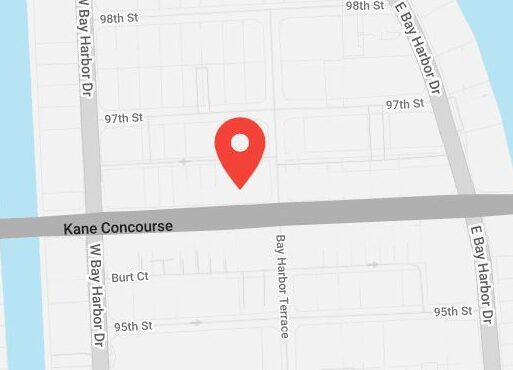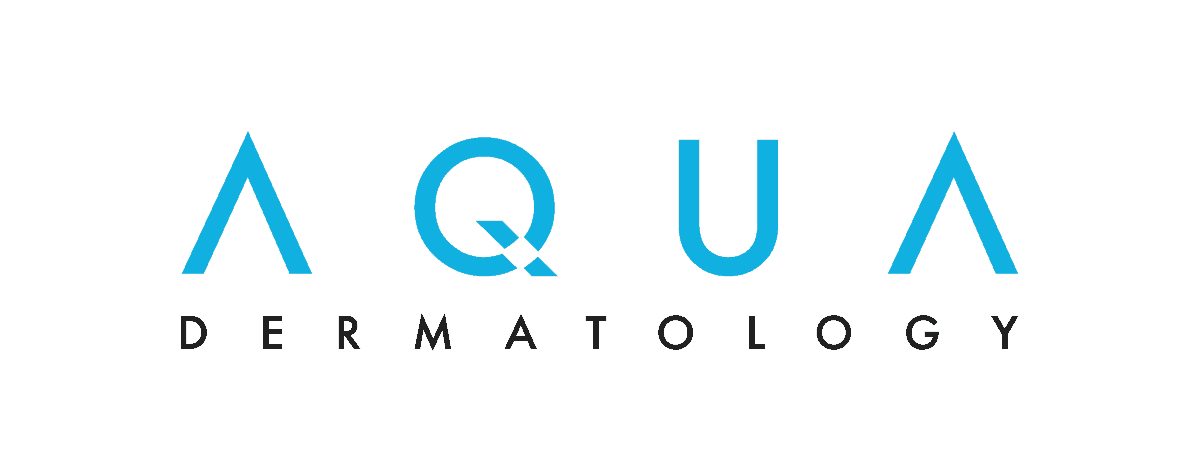
So what are spider veins? What are varicose veins? Why do they appear, and what can you do to get rid of them?
The Difference Between Spider Veins and Varicose Veins
So what’s the difference between the two kinds of veins we love to hate? The big difference between them is their size. Varicose veins tend to be larger, raised, and swollen blood vessels. They have irregular twisting patterns and are usually found on the legs. Spider veins are thin and flat, looking like spider webs beneath the skin, and often appear on the legs or face. No one likes to deal with either one, but they’re a very common problem, especially during the aging process.
Visible veins are the result of weak/damaged valves in the veins, which allow blood to settle and collect. This blood then illuminates the vessels and makes the veins visible beneath the skin. So what are some factors that contribute to the problem?
What Causes Visible Veins?
Need more reasons to get up and move? Spider and varicose veins aren’t caused by crossing your legs or wearing high heels (phew), as old wives’ tales would have you believe, but they have been linked to prolonged standing or sitting. That’s just another excuse to get up from your desk once in a while!
A major factor in developing unsightly veins, however, are your genetics. If your mom had them, you probably will too—sorry! The culprit might not be obvious, either—the trait’s been known to skip around families.
Other contributing factors might include obesity, smoking, hormonal birth control, or lack of exercise.
How Can They Be Treated?
Good news—you can fight varicose and spider veins, with the help of a dermatologist or plastic surgeon. There are two main procedures for treatment, both quick and nearly painless:
VariLite
An amazing light-based treatment that erases broken blood vessels and spider veins instantly, VariLite is a quick treatment involving little discomfort and no downtime.
Sclerotherapy
An injectable treatment, sclerotherapy uses a special solution to encourage the unsightly varicose or spider veins to collapse and fade away in the aftermath of the treatment, with no downtime an minimal discomfort.
Can You Prevent the Problem?
Of course, it would be so much better to avoid getting spider veins and varicose veins in the first place! It’s not always possible to prevent these problems, but it never hurts to do the best you can. You might try:
- Moving as much as possible, avoiding standing and sitting for extended periods
- Exercising regularly
- Maintaining a healthy diet
- Avoiding smoking
- Wearing sunscreen, especially on your face
- Eating less salt and more fiber
- Wearing support stockings
Getting Help and Treatment
You shouldn’t have to deal with the embarrassment of ugly spider veins or varicose veins when you’re deciding what to wear in the morning or spending the day at the pool. If you’re serious about improving those little (or big) red lines, it’s time to have a talk with a board certified cosmetic dermatologist.
Only an expert has the skills to help you triumph over unsightly veins and regain your confidence and self-esteem. Dr. Diane Walder is a nationally-renowned cosmetic dermatologist, offering many different skin refreshing treatments, and relief from visible veins. If you’d like to learn more about Dr. Walder’s services and schedule an appointment to discuss your treatment needs, call (305-866-2177) today to set up a consultation at Dr. Walder’s Miami offices.



